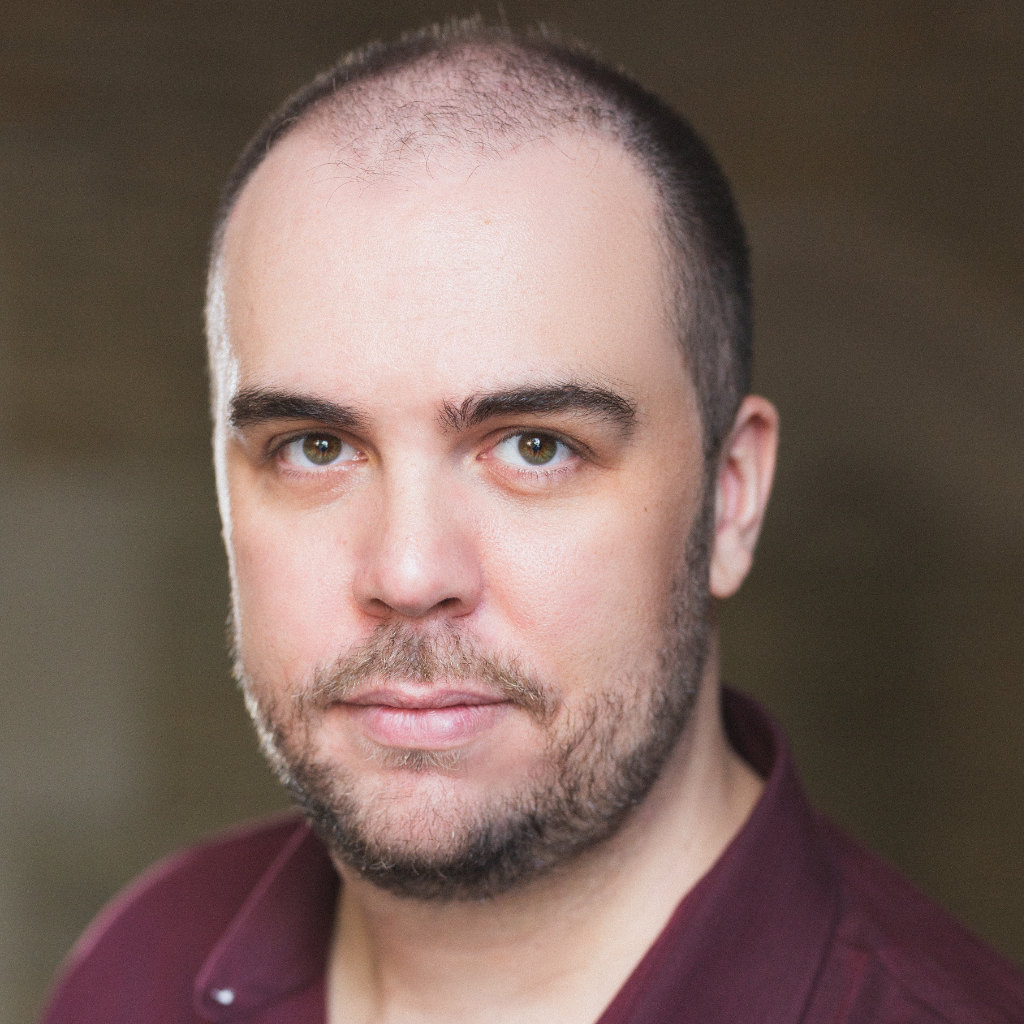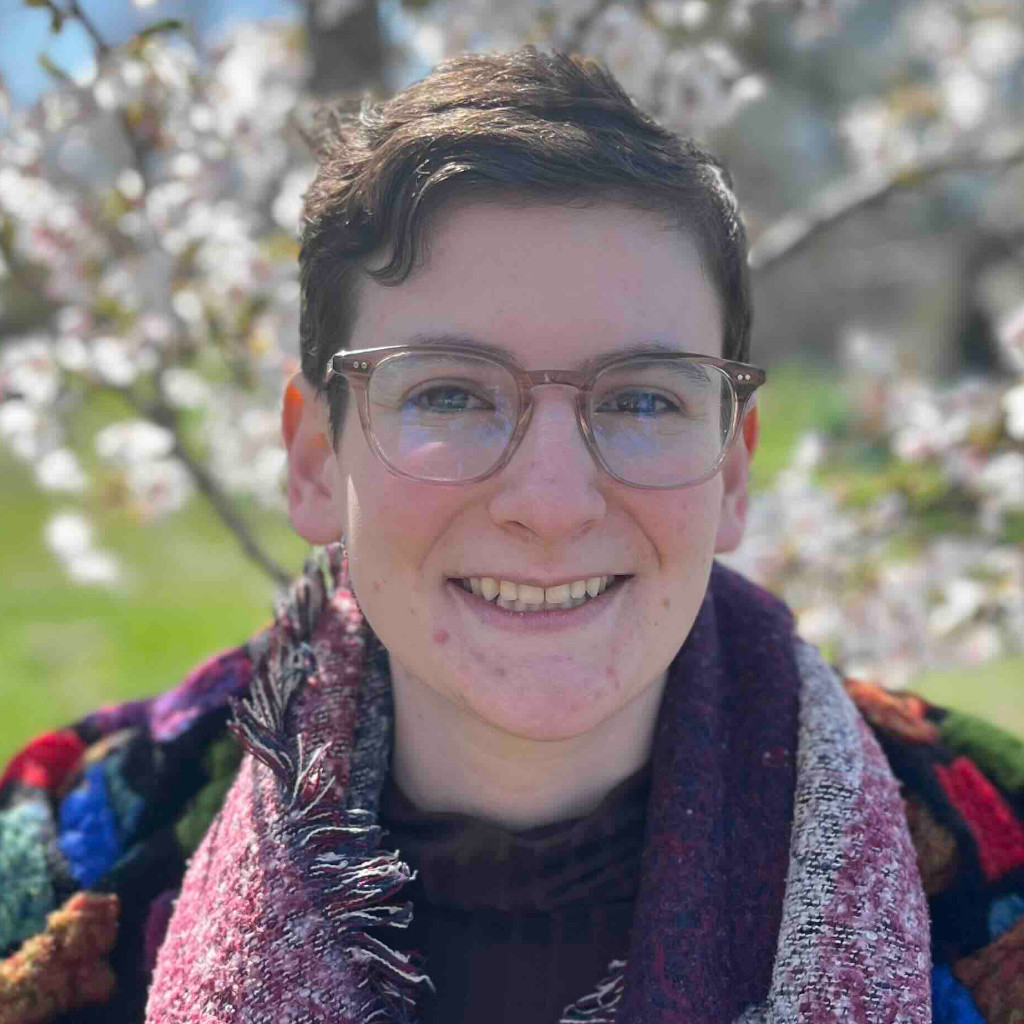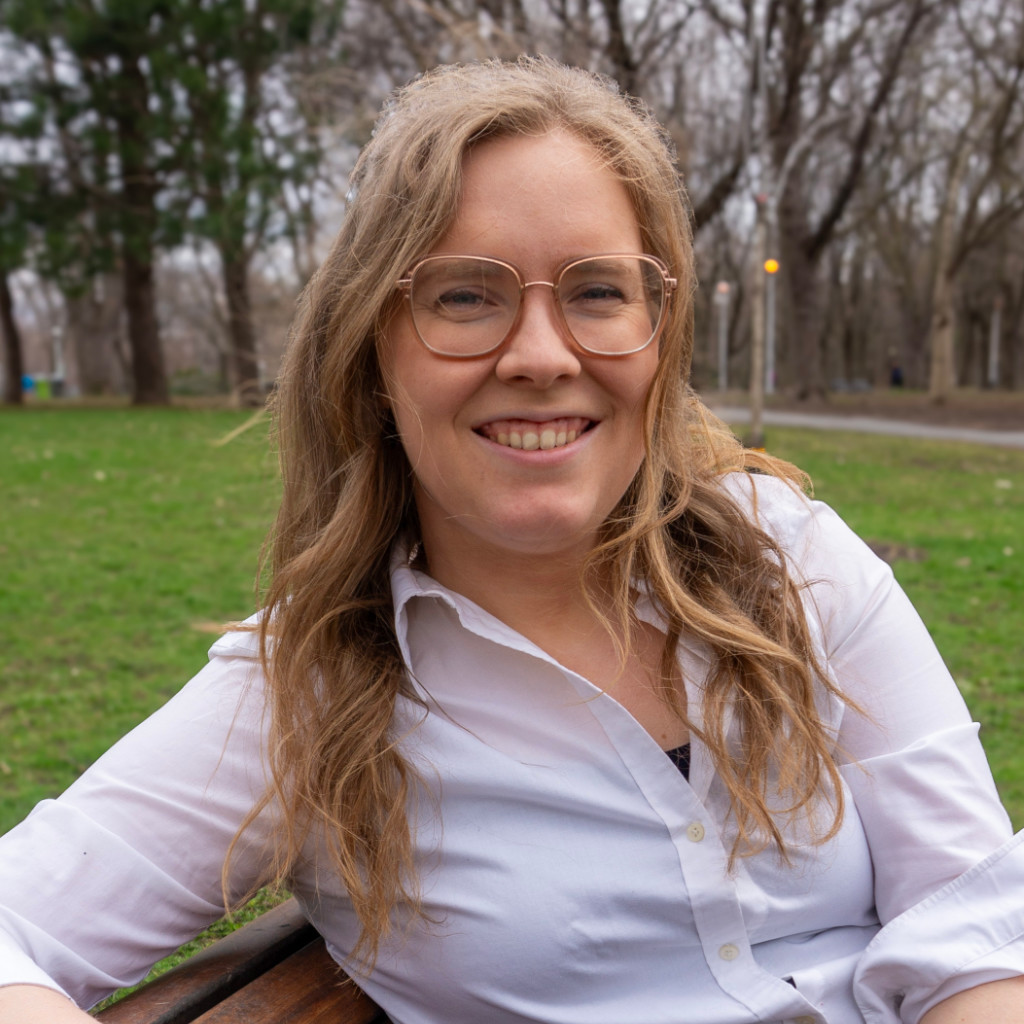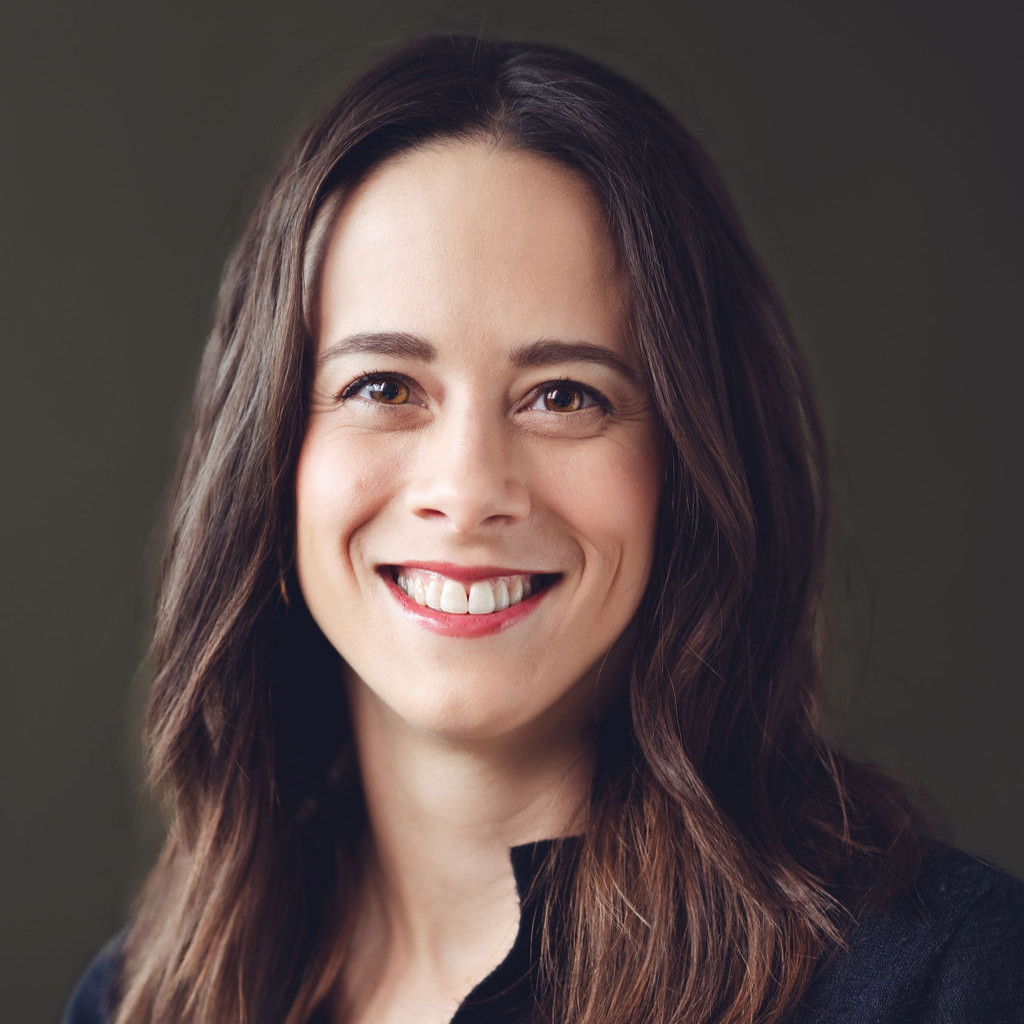The Artists
Judith Yan
Joel Ivany
Leila Kirves
Zachary Rioux
Nicholas Borg
Danlie Rae Acebuque
George Theodorakopoulos
Jeremy Scinocca
Layne Spencer
Vivien Illion
Claire Thornton
Rebecca Klassen-Wiebe
Additional Artists
The Saskatoon Symphony Chorus
Kerry Agnew, chorus conductor
Naomi Piggott-Suchan, rehearsal pianist
Soprano
Kathleen Branen
Susan Ens Funk
Lynn Ewing
Catherine Hui
Michelle McKinnell
Ashley Smith
Paulina Salisbury
Laura Piotrowicz
Vita Skvairson
Tanya Bergen
Theresa Loewen
Mary Lou Beck
Lisa Poier
Katharina Bauman
Alto
Aubree Bangsund
Autumn Collins
Marissa Evans
Kathryn Janzen
Emmanuella Oyenuga
Elaine Thaller
Abby Wendland
Joanna Bell
Lynne Mondue
Christy Martens-Funk
Adrianne Tanjusay
Gwenda MacPherson
Lesley Strelioff
Tenor
Patrick Brannen
Alfonso Guillen
Tony Kim
Jan Michael Bourgeois
Spencer McKnight
Bass
Jordie Hughton
Jonathan Moore-Wright
Justin La
Jeremy Bell
Zack St. Louis
Iain Luke
Nick Whitelaw
This concert also includes:
Violin 1 – Oxana Ossiptchouk, Cherie Jarock, Kayley Grant, Marcel van den Hurk
Violin 2 – Shabnam Abbasi, Nialan Young
Viola – Mehtab Singh Bath
Cello – Jo Eggleston
Bass – Elke Mau
Flute – Jennifer McAllister
Oboe – Carl Hofmeister
Clarinet – Alyssa Thompson
Bassoon – Jonathan Tait
Trumpet – Terry Heckman
Trombone – Spencer Krips
Percussion – Will Martin
Keyboard – Michelle Aalders
Harp – Christina Kant
Tosca
Judith Yan, conductor
Joel Ivany, director
Leila Kirves, Floria Tosca
Zachary Rioux, Mario Cavaradossi
Nicholas Borg, Baron Scarpia
Danlie Rae Acebuque, Cesare Angelotti/A Jailer
George Theodorakopoulos, A Sacristan
Jeremy Scinocca, Spoletta
Layne Spencer, Sciarrone
Tova Gabruch, Shepherd Boy
Vivien Illion, Assistant Director
Claire Thornton, Assistant Stage Manager
Rebecca Klassen-Wiebe, Assistant Repetiteur
Saskatoon Symphony Chorus, Kerry Agnew, conductor
Saskatoon Symphony Orchestra
Tosca
Act I
Intermission
Act II
Act III
Music – Giacomo Puccini
Libretto – Giuseppe Giacosa, Luigi Illica
Director’s Note
Tosca. A single word that evokes passion, politics, love, faith, and death. For those of us who care deeply about opera, this work by Giacomo Puccini, Luigi Illica, and Giuseppe Giacosa stands among the most visceral and immediate experiences our art form can deliver. It is an opera that feels alive from the first sharp chords of the orchestra through to its final, shocking leap.
When Puccini began work on Tosca, he was already an established name following the successes of Manon Lescaut and La bohème. This new story, based on Victorien Sardou’s play, was considered controversial—too violent, too political, too sensational. Yet Puccini saw in it the perfect subject for music: an opera set in real places, over the course of a single day, driven by human emotion at its most raw.
Those sharp chords at the beginning? They are Scarpia’s theme. His presence haunts the opera from the first bar. In Tosca, we are given no overture to gently guide us into a world. Instead, Puccini throws us immediately into revolution, danger, and desire.
Tosca herself is one of opera’s most complex heroines. She is an artist, a lover, a woman of faith, and ultimately a figure caught between passion and political violence. Within a single act, she moves from jealousy and tenderness to fear, manipulation, and sacrifice. Is she naïve? Fierce? Devout? Heroic? The truth is: she is all of these things.
And opposite her stands Scarpia. A man of immense power, outwardly devout yet inwardly corrupt, he embodies the abuse of authority. He manipulates Tosca by exploiting her faith, her love for Cavaradossi, and her very sense of self. He is both timeless and chillingly current.
Set in Rome, June 1800, the opera is rooted in real history: Napoleon’s advance, the collapse of monarchist forces, and the instability of power. Puccini weaves these political tremors into the fabric of intimate human relationships. Every aria, every duet, every confrontation is connected to the question of how individuals survive—and resist—when caught inside the machinery of power.
Audiences over the years have debated Tosca’s choices. Does she act out of desperation? Out of courage? Out of love? Today, we can view her as someone trapped in a system that affords her little agency, fighting to hold onto her integrity and dignity. Her final act is both an escape and a statement.
As we gather tonight at the National Arts Centre to experience this story together, I invite you to consider its immediacy. Though the opera premiered in 1900, its questions still burn: What do we believe in when tested? How do we respond when love collides with politics? What happens when power is corrupted? I am honoured to be here, working with a world-class orchestra, a world-class cast, and a dear collaborator in Music Director Alexander Shelley.
Tosca offers no easy answers. But it offers us Puccini’s music—sweeping, intimate, terrifying, and tender. It is music that pulls us directly into the heart of the drama, music that still resonates more than a century later.
Tonight, may you encounter Tosca with open eyes and ears, and may you find yourself moved, disturbed, and awakened by this story that continues to reflect our human struggles.
– Joel Ivany, director
Tosca
Tosca is one of Puccini’s most thrilling and emotionally charged operas, it’s a fast-paced story of love, power, jealousy, and sacrifice. Set in Rome during a time of political unrest, the opera follows the famous singer Floria Tosca, her lover (the painter Cavaradossi), and the ruthless chief of police, Scarpia. When Cavaradossi is arrested for helping a political prisoner, Tosca is forced to make an impossible choice that leads to betrayal, murder, and heartbreak. Musically, Tosca is pure Puccini: sweeping melodies, intense drama, and orchestration that brings every emotion to life. Highlights like “Vissi d’arte” and “E lucevan le stelle” remain some of opera’s most iconic arias, combining raw vulnerability with soaring beauty. Puccini was a master storyteller, and Tosca is tightly constructed, unfolding almost like a film thriller. It premiered in 1900 to mixed reviews but quickly became a mainstay of the operatic canon.
Giacomo Puccini, composer
Giacomo Puccini is one of opera’s greatest storytellers. Born in Lucca, Italy, in 1858 into a long line of musicians, he quickly found his passion in composing for the stage. Puccini is best known for crafting operas that combine sweeping melodies with emotional depth and raw, human drama. His most famous works — La Bohème, Tosca, Madama Butterfly, and Turandot — are staples in opera houses around the world. What set Puccini apart was his gift for bringing characters to life. He used music not just to decorate a story, but to drive it — blending tenderness, tension, and tragedy in ways that still feel cinematic today. He had a keen eye for theatrical pacing and often drew inspiration from modern literature and real-life events. Puccini was fascinated by technology and even owned one of the first motorboats on Italy’s Lake Massaciuccoli. He loved cars, cigars, and the outdoors, and his flair for the dramatic extended well beyond the opera house. Though he died before finishing his final opera, Turandot, Puccini’s legacy lives on through his unforgettable music and the powerful stories he told.
Synopsis
ACT I
Rome, June 1800, the Church of Sant’ Andrea della Valle. Cesare Angelotti, escaped political prisoner, rushes into the church so he can take refuge in the family chapel of his sister, the Marchesa Attavanti. The artist Mario Cavaradossi, who was absent at his easel, returns to work on a painting—a portrait of Mary Magdalen; the church’s Sacristan scrutinizes it closely and says it resembles a lady who comes frequently to the church to worship. Cavaradossi, though, compares the face to the woman he loves, the famous singer Floria Tosca. After the Sacristan leaves, Angelotti emerges from the chapel and sees Mario, recognizing him as a political sympathizer. He tells the painter that he is being pursued by the Chief of Police, Baron Scarpia, and plans to flee disguised as a woman, using the clothes his sister left him. Hearing Tosca calling for him, Cavaradossi agrees to help his friend escape at nightfall and urges him to take a basket of food and go back into hiding. Tosca appears, jealously insisting to Cavaradossi that she heard him whispering to someone and the swish of skirts; she’s further roused by Cavaradossi’s portrait, which bears an uncanny likeness to the Marchesa Attavanti. He reassures her of his fidelity and promises to meet her that evening. After she departs, Cavaradossi lets Angelotti out of the chapel. A cannon shot is heard, announcing Angelotti’s escape. They hastily leave the church for Cavaradossi’s villa, where Angelotti will hide in an old well.
The Sacristan enters the chapel with news of Napoleon’s defeat; there is to be a Te Deum to celebrate the victory, and a cantata featuring Floria Tosca as soloist will be performed that evening at the Farnese Palace. The jubilant atmosphere is suddenly interrupted by Scarpia and his henchmen, Spoletta and Sciarrone, who search the premises for Angelotti. They find a fan bearing the Attavanti coat of arms and the empty food basket, which leads Scarpia to suspect Cavaradossi as Angelotti’s accomplice. When Tosca appears looking for Cavaradossi, she encounters Scarpia. He takes advantage of Tosca’s insecurities about Cavaradossi and the Marchesa by showing her the fan. Blind with jealousy, she storms out to confront Cavaradossi at his villa; Scarpia orders Spoletta to follow her. The Te Deum begins as Scarpia reflects on his diabolical plan to win Tosca for himself.
ACT II
That evening, at the Farnese palace. Scarpia sends a letter demanding Tosca to meet him in his chambers; he will make her yield to his desires. Spoletta arrives to inform his boss that Cavaradossi has been found and arrested, but Angelotti remains at large. The artist is brought in for questioning and denies knowledge of Angelotti’s escape. Tosca, alarmed by Scarpia’s note, rushes in and embraces Cavaradossi, who pleads for her silence. Cavaradossi is then taken into an adjoining room. Scarpia begins to interrogate Tosca as Cavaradossi is heard being tortured next door. He tells her she can save her lover if she discloses where Angelotti is hiding. She denies knowing anything until Cavaradossi’s agonizing screams eventually overcome her; confused and exhausted, she says, “The well…in the garden.”
Cavaradossi is brought out from the torture chamber; he asks Tosca if she divulged the location of his friend. Tosca reassures him she did not, but Scarpia commands Spoletta to go to the hiding place, revealing her betrayal. Breaking news arrives that Napoleon is victorious at Marengo; Cavaradossi exults, thus confirming his guilt and sealing his execution. As Mario is dragged away to prison, Scarpia invites Tosca to sit with him as he finishes eating his supper. He offers Tosca a deal: if she gives herself to him, her lover will go free. She vehemently rejects him in disgust. Spoletta returns, reporting Angelotti’s discovery and subsequent suicide. In desperation, Tosca finally consents to Scarpia’s terms for Cavaradossi’s freedom. Scarpia instructs Spoletta to arrange a mock execution, which must take place before Tosca and Cavaradossi can leave Rome. Tosca further negotiates safe conduct for her and Cavaradossi. When Scarpia finishes drafting the order and goes to embrace her, Tosca, who has taken the knife from the table, plunges it into his heart. She pries the order from the dead man’s fingers and steals out of the room.
ACT III
The following morning, the prison at the Castel Sant’Angelo. As dawn approaches, a shepherd is heard singing. Cavaradossi is received by the jailer, and in his final hour, asks for permission to write a farewell letter to Tosca. He loses himself in memories of her. Tosca is escorted to where she will find Cavaradossi. Seeing him, she rushes to him and shows him the order for safe conduct, explaining how she got it from Scarpia. She informs Cavaradossi of the necessity of going through the mock execution and that he must make it look as convincing as possible. The firing party arrives and carries out the execution. Cavaradossi falls; “how well he acts it!”, exclaims Tosca. But when she approaches his body, she discovers Scarpia’s final cruel trick on her: Cavaradossi is dead. Cries ring out—Scarpia’s murder has been discovered. As his men rush to apprehend the guilty Tosca, she climbs the parapet and leaps to her death.
Synopsis by Hannah Chan-Hartley, PhD











